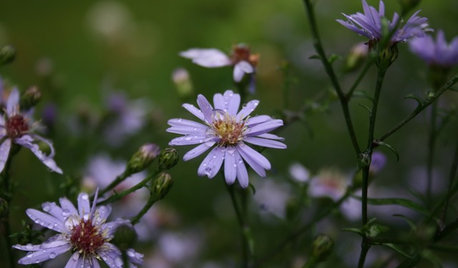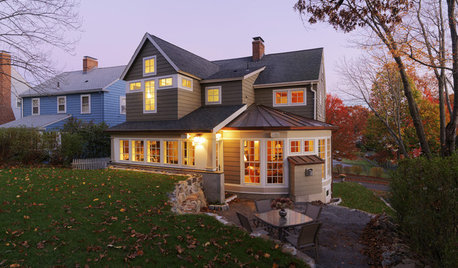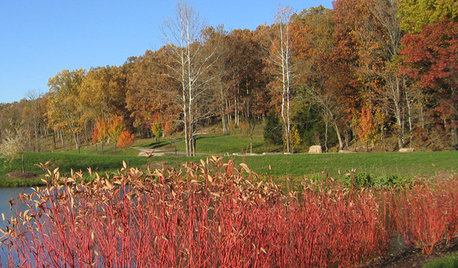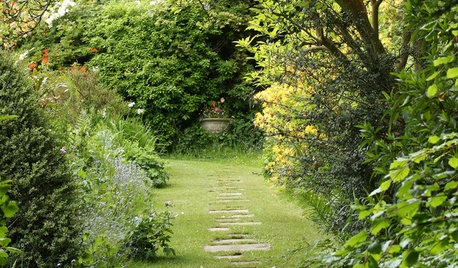Can New England Asters be improved?
docmom_gw
10 years ago
Related Stories

FLOWERS6 Overlooked Asters for Tough Spots
Whether your garden has baking sun or dry dense shade, boggy soil or sandy gravel, there's an aster for that
Full Story
HOUZZ TOURSMy Houzz: New England Add-On Provides Privacy, Views
A Massachusetts couple gets increased lounge space, improved views of the backyard and much-needed privacy with a home addition
Full Story
HOUZZ TOURSMy Houzz: Handmade Coziness in a Potter’s New England Home and Studio
Thoughtful details, a wealth of color and inviting farmhouse style rule in this family’s renovated house
Full Story
LIVING ROOMSRoom of the Day: Living Room Update for an 1800s New England House
Major renovation gives owners the open, contemporary feel they love
Full Story
MY HOUZZMy Houzz: DIY Charm for a 1900s New England Home
First-time homeowners add their personal stamp with patterns and a mix of new and old
Full Story
DECORATING GUIDESImprove Your Style Fortune With Lucky Bamboo
Serve this versatile plant straight up or with a twist for auspicious living decor that thrives without soil
Full Story
DECORATING GUIDESImproving a Rental: Great Ideas for the Short and Long Haul
Don't settle for bland or blech just because you rent. Make your home feel more like you with these improvements from minor to major
Full Story
GARDENING GUIDESThese Hedges Can Add Interest to Your Winter Garden
Evergreen trees and shrubs provide structure and color in the winter months — and can attract wildlife too
Full Story
GARDENING GUIDES3 Easy Ways You Can Garden for Nature
Your choice of plants can help wildlife while cleaning the air and water
Full Story
BEDROOMSThe Cure for Houzz Envy: Master Bedroom Touches Anyone Can Do
Make your bedroom a serene dream with easy moves that won’t give your bank account nightmares
Full StoryMore Discussions








sunnyborders
christinmk z5b eastern WA
Related Professionals
Wareham Landscape Architects & Landscape Designers · Pelham Landscape Contractors · Stoughton Landscape Contractors · Westwood Landscape Contractors · Williamsburg Landscape Contractors · Waterbury Landscape Contractors · Arlington Landscape Contractors · Fort Worth Landscape Contractors · Framingham Landscape Contractors · Merced Landscape Contractors · Middle River Landscape Contractors · Secaucus Landscape Contractors · Thonotosassa Landscape Contractors · Oxon Hill Landscape Contractors · Hawaiian Gardens Landscape Contractorsaachenelf z5 Mpls
sandyslopes z5 n. UT
sunnyborders